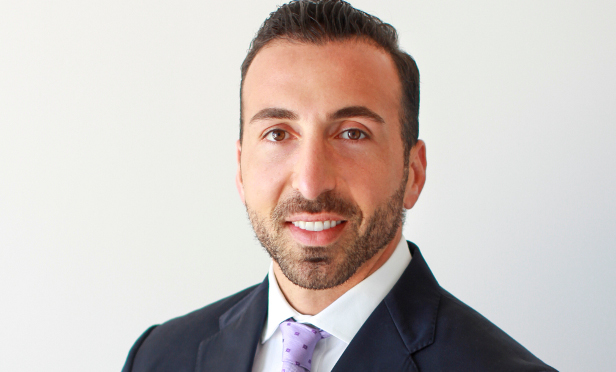 Mansour: “This shift in capital has created more willing sellers but generally at no expense to property values.”
Mansour: “This shift in capital has created more willing sellers but generally at no expense to property values.”
SAN DIEGO—A demographic shift is mostly to blame for the recent capital migration out of West Coast apartments as Baby Boomers entering retirement age want to move away from management-intensive assets into passive income-producing real estate, Alvin Mansour, president of the Mansour Group at Marcus & Millichap, tells Globest.com. The firm recently reported that it finds exchange transactions from multifamily assets into triple-net-lease assets are part of a trend of West Coast capital migration into triple-net assets across the country in search of greater yield. We spoke exclusively with Mansour about this phenomenon, how it came about and where he sees it heading.
GlobeSt.com: Why do you believe that capital is migrating from apartment assets to triple-net-leased assets?
Mansour: The primary impetus for capital migration out of the West Coast apartment sector into triple-net-leased assets is mainly driven by a shift in demographics—ostensibly, Baby Boomers entering retirement age wanting to move away from management intensive assets into passive income producing real estate such as properties leased to Walgreens, McDonald’s, Starbucks and DaVita Dialysis. Moreover, many of these investors have significant levels of unrealized equity locked up in their apartment holdings. This is especially true in today’s apartment marketplace as demand for well-located multifamily projects is robust, from both an investor and a lender standpoint. For an apartment owner looking to realize this value and improve their return on equity, exchanging into a hands-free asset triple-net-leased product offers both these advantages.
Our team has built a reputation over the years of having more access to both the investors behind this capital migration and the quality product they pursue. The combination of our direct access to West Coast capital and our firm’s national platform has put us in a unique position to foster this capital shift in ways others cannot. We take much pride in this achievement.
GlobeSt.com: How is this shift affecting both the multifamily and triple-net-lease sectors?
Mansour: In terms of the effect on the multifamily space, this shift in capital has created more willing sellers but generally at no expense to property values. There is simply too much demand for the product type for pricing to drop. The same can be said for the triple-net-lease sector. The sheer volume of 1031 trade capital coming out of multifamily sales continues to create downward pressure on cap rates. For example, as of Q2 this year, approximately $750 million in apartment inventory in San Diego alone was changing hands.
GlobeSt.com: What else should our readers know about this shift?
Mansour: The lion’s share of this equity will enter the 1031 exchange market where quality product is still supply constrained. In the near term, we expect a continued low-bond-yield environment, as noted by Ben Bernanke at our company retail trends event last quarter. Subsequently, we expect more of the same: a hyper-competitive market for both multifamily and the triple-net-lease sector due to a surplus of liquidity in those markets. Until supply catches up, we anticipate this dynamic to continue into the intermediate run.
Steady gains in the US economy have resulted in net positives for the multifamily sector—will this wave continue for the foreseeable future? What’s driving development and capital flows? Join us at RealShare Apartments on October 19 & 20 for impactful information from the leaders in the National multifamily space. Learn more.

















 Copyright © 2024 ALM Global, LLC. All Rights Reserved.
Copyright © 2024 ALM Global, LLC. All Rights Reserved.